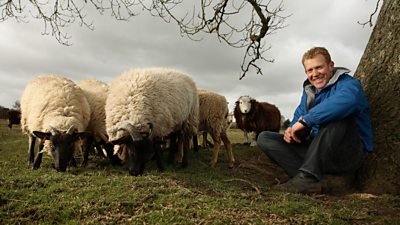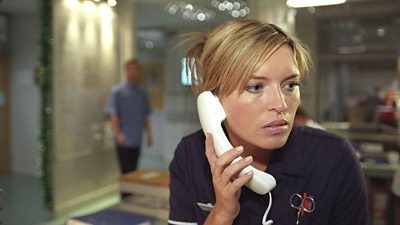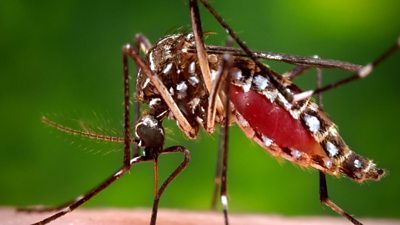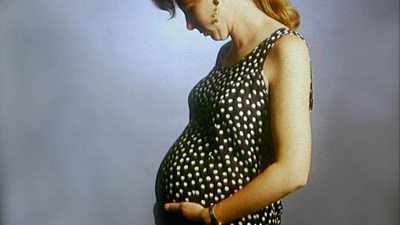In general day-to-day work activity is not harmful in pregnancy. There are, however, some work factors that can cause harm and need to be considered.
Common Risks
- Posture and position sitting or standing for long periods, lifting or carrying heavy loads, using a workstation that causes posture issues.
- Working conditions long working hours and fatigue, night work, work-related stress, temperature, noise, working in travel advisory or hazardous environments, lack of good medical care.
- Risk of physical injury working at height, working alone, at risk of work-related violence, exposed to vibration.
- Exposure to harmful substances (Many chemical and biological agents can cause harm to pregnant workers or new mothers. They can also be passed on to their child during pregnancy or breastfeeding). Lead, radioactive material, toxic chemicals like mercury and pesticides, infectious diseases, antimitotic (cytotoxic) drugs. Chlamydiosis, which is a bacteria that can be carried by sheep/aborted lambs, can increase the risk of complications with pregnancy.
- Personal protective equipment (PPE) is often not designed for pregnant workers.
Legal/�鶹�� Requirements
You must, by law, assess the risks to women of childbearing age as part of your general workplace risk assessment.
You must also carry out an individual risk assessment that covers your worker’s specific needs when they have informed you in writing that they:
- are pregnant
- are breastfeeding, or
- have given birth in the last 6 months
The Line Manager must conduct the individual risk assessment in collaboration with the new and expectant mother. The new and expectant mother will have information to share such as medical advice from a midwife and preferences or suggestions about best methods to manage risks. By sharing the process the communication of the risk assessment controls is also facilitated.
Record your findings using the Risk Assessment Form below and share these with your worker. It is important to explain how you will keep them and their child safe.
You must also review the risk assessment and make any necessary adjustments as the pregnancy progresses and if there are any significant changes to your workers' activity or workplace.
A risk assessment template is available in the “Useful documents” section. You should send the completed risk assessment to HR to keep on record.
Rest and breastfeeding at work
You must provide a suitable area where they can rest. It should:
- Provide provision to lie down.
- Provision to express milk and store.
- Be hygienic and private so they can express milk if they choose to – toilets are not a suitable place for this.
COVID-19
Please see NHS Information -
For further information:
- RCOG:
- GOV.UK
- �鶹�� Safety: Safety A-Z Living with COVID...
Zika Fever
- Women travellers who are, or may be, pregnant (in any trimester) or planning to become pregnant and who might travel to areas where any mosquito-borne diseases such as chikungunya, dengue, malaria and Zika are known to occur, should avoid travel and not deploy to an area where active Zika transmission is being reported. For more details please access our Zika Fever page.
Control Measures
General Controls
- Pregnant members of the team must not go near sheep or any animals that are pregnant or have recently aborted or given birth due to the potential risk from chlamydiosis, toxoplasmosis, and listeriosis.
- Avoid covering animal stories, visiting farms and visiting agricultural shows.
- Avoid sending pregnant staff to classroom/ interviews with someone with rash/ illness.
- Heavy loads, long carry distances etc. should be avoided. If this is unavoidable, activity should be individually assessed. Work within your own limitations, and ask for help when needed.
- Individual should contact her midwife or health care provider if she has come into contact with a confirmed infectious disease, or person with rash.
- Get enough rest and do not take on tasks or work that you know in advance are likely to exhaust you. This is because day to day activities including work are likely to make you feel more tired than usual, which is natural.
- Take into account that as pregnancy progresses, particularly in the third trimester (week 26 onwards), mobility is likely to reduce, compounded by an altered centre of gravity that can affect balance.
- Minimise off road travel, and take specialist advice on personal risk from whole body vibration, or where the abdomen is exposed to shocks and jolts.
- Exposing an unborn child to very loud noises should be avoided as a reasonable precaution.
- Avoid ionising radiation (eg X-rays and standing near satellite uplinks) and any hazardous substances likely to affect the foetus.
- Identify suitable local hospitals before deployment to international or remote areas.
- Pregnant women must discuss risks of working in any difficult environment, travel or high risk area with their line manager as soon as possible. A separate risk assessment is required, including medical details (e.g. blood group, specialist requirements), a robust and realistic emergency plan, and that travel abroad can be more hazardous because of your reduced immunity and the potential for vaccinations or medications (e.g. for malaria) to be contraindicated.
- Your manager can refer you to occupational health if there are any concerns about your health and work during pregnancy.
Night Shifts
A new or expectant colleague may work nights, provided the work involved presents no risk to her health and safety. However, you should offer suitable alternative day work on the same terms and conditions if your risk assessment review has identified a risk to her from night work, or if her GP/midwife has provided a medical certificate stating she should not work nights. See in Recommended links.
Division Specific Issues
- No division specific issues.
FAQs/Did You Know?
- Being physically active whilst at work has been shown to be good for you and your baby’s health.
- Chlamydiosis infection has also been associated with handling of boots and clothing contaminated by infected animals, so team members should communicate this to family members who may be pregnant and have contact with the clothing.
- Body armour does not provide any ballistic protection for the unborn child.
- Whole body vibration of a low frequency such as riding heavy plant machinery can be harmful to your pregnancy.
- Some risks maybe highest in the early pregnancy, before notification is made to your manager.
Useful documents
Recommended links
Pregnancy topics
-

Pregnancy
A guide to health and safety considerations for pregnant and nursing colleagues. -

Farms, Zoos and Animal Sanctuaries
Animals can also present particular risks to pregnant women. -

Contributors Fitness to Participate
A guide to the health of contributors who are asked to perform physically demanding tasks, over and above those that they would normally encounter in their day to day life. -

�鶹�� Occupational Health
Service provided by Medigold Health, accessed through the HR Service Centre. -

Zika Viral Disease
Updates and advice
More from SSR
-
Your platform to record accidents, risk assessments, assurance monitoring and inspections
-
Safety Equipment Stores
Just one number to call: 020 3614 5155 -
�鶹�� Safety Guidelines
An A-Z of �鶹��'s Health and Safety Guidelines -
Safety Advice Line: 0370 411 0464 Email: safety@bbc.co.uk
Events guidance - key links:
- Exhibitions
- General Guidance
- Indoor Location Recce Checklist
- Outdoor Location Recce Checklist
- Major Incidents & Emergency Planning
- Marketing and Promotional
- Noise Exposure
- Planning and Management
- Responsibilities
- Responsibilities Form
- Laser Lighting Effects
- Strobe Lighting
- Temporary Stages and Rostra
Health topics - key links:
- (�鶹�� network only)
- Contributors Fitness to Participate
- Display Screen Equipment (DSE)
- (�鶹�� network only)
- First Aid and Welfare on Location
- International Travel - Risks & Health
- Manual Handling
- Mental Health: Homepage
- (�鶹�� network only)
- Personal Health and Wellbeing
- Pregnancy
- Psychological Trauma Support & Trauma Risk Management (TRiM)
- Tiredness and Fatigue
- Travel Health Contacts
�鶹�� High Risk - key links:
- CBRN and Industrial Spills
- Covert Filming
- Crisis Management and Security Support
- Demonstrations, Protests and Crowds
- Disaster Coverage
- Door Stepping
- (�鶹�� network only)
- (�鶹�� network only)
- Public Order
- Safety Equipment Stores
�鶹�� Journalism - key links:
�鶹�� Productions - key links:
- Aerial Filming and Airfields
- Animals: Displaying and handling for performance
- Boats: Working on
- Children and Young People
- Driving
- Electrical Equipment and Systems
- First Aid and Welfare on Location
- Food Safety (Cooking and Catering)
- Remote Location Working
- Roads and Streets: Working by
- Security of Productions on Location
- Stunts
- Tiredness and Fatigue
- Unmanned Aerial Systems (UAS aka Drones)
- Vehicles: Recording in, from and around
- Working at Height: Mobile Elevating Work Platforms
- Working at Height: Tower Scaffolds
�鶹�� Radio - key links:
- (�鶹�� Network only)
�鶹�� Security - key links:
�鶹�� Sport - key links:
About this site
This site describes what the �鶹�� does in relation to managing its health, safety and security risks and is intended for those who work directly for the �鶹��.
It is not intended to provide instruction or guidance on how third parties should manage their risks. The �鶹�� cannot be held liable for how this information is interpreted or used by third parties, nor provide any assurance that adopting it would provide any measure of legal compliance. More information
Some links on this site are only accessible when connected to the �鶹�� network
